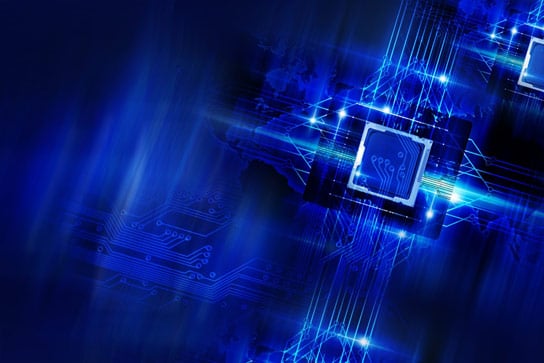
A group of scientists has achieved a significant milestone in quantum error correction by detecting errors in real time during quantum computing operations.
A team of scientists has tackled the first step in quantum error correction, successfully identifying errors as they happen in real time.
Scientists at Yale University have demonstrated the ability to track real quantum errors as they occur, a major step in the development of reliable quantum computers. They report their results in the journal Nature.
Quantum computers could significantly improve the computational power of modern computers, but a major problem stands in the way: information loss, or quantum errors. To combat errors, physicists must be able to detect that an error has occurred and then correct it in real time, a process known as quantum error correction.
“Ninety-nine percent of quantum computing will be correcting errors,” explained Yale physicist Rob Schoelkopf, Sterling Professor of Applied Physics and Physics. “Demonstrating error correction that actually works is the biggest remaining challenge for building a quantum computer.”
Data in standard computers are stored in bits as either 0 or 1, known as classical states. They are largely insensitive to their surroundings. In contrast, quantum computers rely on quantum bits, or qubits, which store data in a third, very fragile state known as a quantum state — a superposition of 0 and 1 simultaneously. Changes in the qubit’s environment can force it revert back to one of the classical states of 0 or 1. And when a qubit leaves the quantum state, it also loses the data it was carrying.
In the new research, Schoelkopf’s group and other Yale collaborators tackled the first step in quantum error correction — successfully identifying errors as they happen, in their case by means of a reporter atom.
Identifying quantum-computing errors in real time is particularly challenging: Qubits are so fragile that searching for errors can result in more errors. To determine if an error occurred, Schoelkopf and his team relied on an ancilla, or a more stable reporter atom, which detected errors without destroying the state and relayed that information back to the scientists on a computer.
During their experiments, the scientists used a superconducting box containing the ancilla and an unknown number of photons, or light particles, which were cooled to approximately -459°F, a fraction of a degree above absolute zero. This minimized quantum errors induced by the environment. The team then tracked the photons in the box over time to see if and when the photons escaped. Losing photons from the box indicated lost information, or the occurrence of a quantum error.
The errors need to be detected without learning the exact conditions in the superconducting box, including the number of photons, because determining the conditions in the box can disrupt the qubit quantum state and result in more errors. So the ancilla reported only the photon parity — whether an even or odd number of quantum photons were present in the box — in real time. A change in parity — for example, from even to odd — indicated the loss of a single photon without revealing whether the box had changed from six to five photons or from four to three photons.
The team found success in their first experiment and demonstrated for the first time the tracking of naturally occurring errors, in real time, as would be needed for a real quantum computer.
“We could see errors coming up as they happened,” said Yale graduate student and co-author Andrei Petrenko. “We could actually observe on the screen just the kinds of patterns that we were hoping to see.”
“This success has given us more confidence to go forward, ” said Schoelkopf.
The Yale team is now studying how to fix errors, the second step in quantum error correction and an essential capability for functional quantum computers.
“It is hard to estimate how long it will be until we have functional quantum computers,” Schoelkopf said, “but it will be sooner than we think.”
Other authors on this work include L. Sun, Z. Leghtas, B. Vlastakis, G. Kirchmair, K. M. Sliwa, A. Narla, M. Hatridge, S. Shankar, J. Blumoff, L. Frunzio, M. Mirrahimi, and M. H. Devoret.
Reference: “Tracking photon jumps with repeated quantum non-demolition parity measurements” by L. Sun, A. Petrenko, Z. Leghtas, B. Vlastakis, G. Kirchmair, K. M. Sliwa, A. Narla, M. Hatridge, S. Shankar, J. Blumoff, L. Frunzio, M. Mirrahimi, M. H. Devoret and R. J. Schoelkopf, 13 July 2014, Nature.
DOI: 10.1038/nature13436
arXiv: 1311.2534

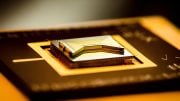
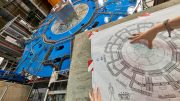

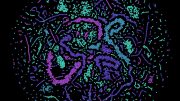
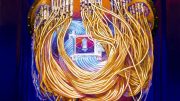
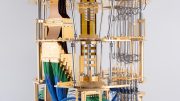

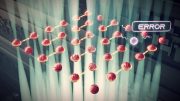
Be the first to comment on "Physicists Track Quantum Errors in Real Time"